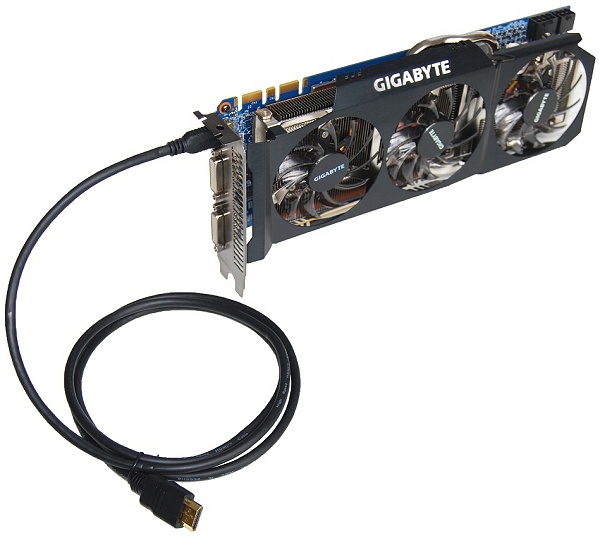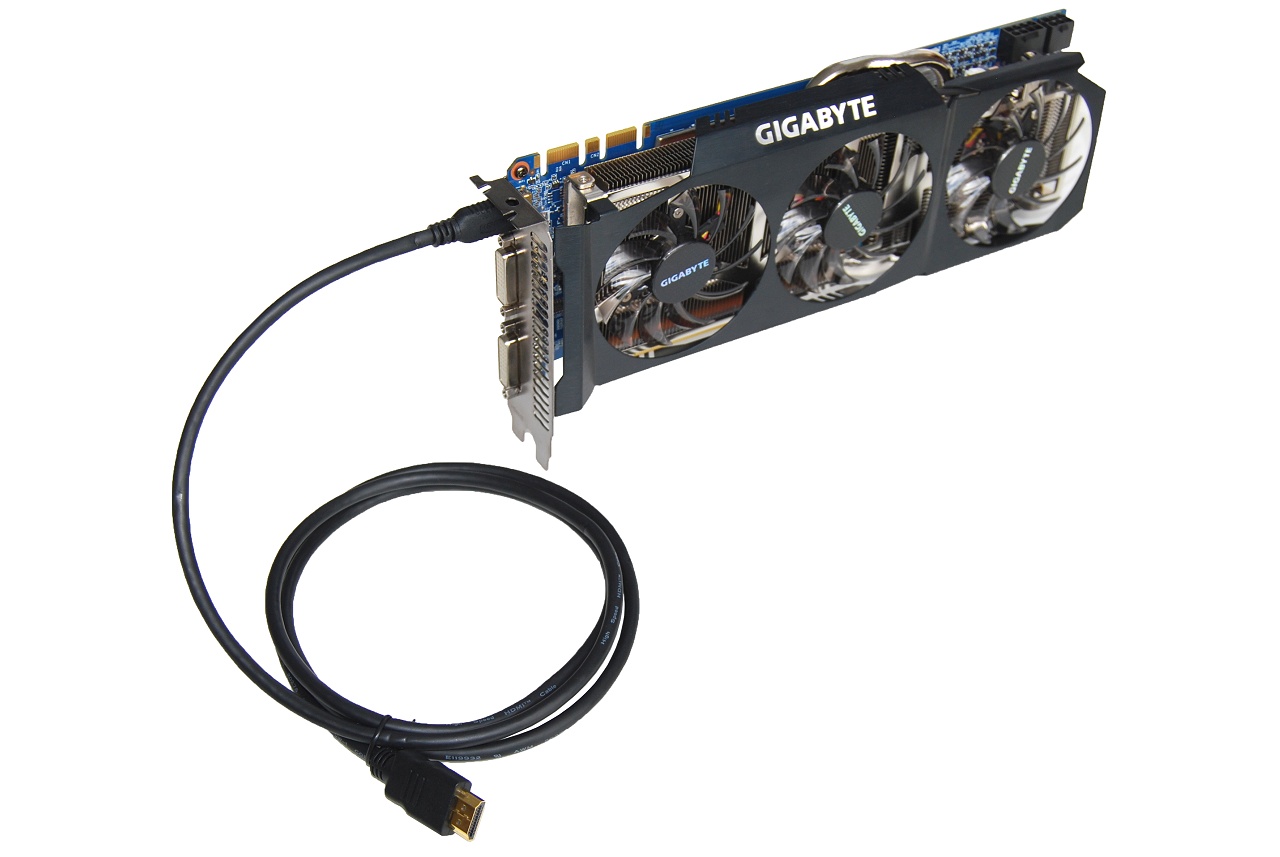Final Thoughts
Gigabyte's GeForce GTX 580 SOC is a perfect example of what a high-end graphics card should be. At first glance, it may seem like the product is "hardcore" but somehow that just isn't accurate. The card is surprisingly practical, which is certainly not how we would describe most premium AMD or Nvidia GPUs.
With the factory overclock enabled the card remained whisper quiet. When stress tested or when gaming, Gigabyte's card was barely audible over other components in the system such as the case fans, power supply and CPU cooler.
Like most other high-end overclocked graphics cards, the GTX 580 SOC is quite long and consumes a lot of power. However, because it operates at very low temperatures and generates very little noise, those two negate the disadvantages in our opinion, and it's a tradeoff we think most enthusiasts would be content with.

At $520, it's not exactly an easy figure to swallow, but it is the fastest single-GPU graphics card we've tested thus far. Currently the cheapest GTX 580s are retailing for about $460, which is $60 less than the GTX 580 SOC. Meanwhile, cards with an aftermarket cooling start at $480. Anything clocked higher than 800MHz from the factory costs at least $500, so when you put all that into perspective the GTX 580 SOC is not a terrible deal at all.
The GTX 580 SOC's closest competitor is the Asus Matrix GTX 580, which costs slightly more, is not as aggressively clocked, and is far less practical with its triple slot cooler. Another alternative would be the Zotac GTX 580 AMP2! which costs a bit more but does have one huge advantage by offering a 3072MB memory buffer.
While we've found Gigabyte's GTX 580 SOC to be above and beyond its rivals, it does have one key weakness that's shared by most GTX 580s. We recently discovered that Nvidia's latest generation graphics cards tend to underperform when it comes to very high resolution gaming due to their limited frame buffer size at just 1536MB.
AMD utilizes a larger 2048MB buffer for their high-end cards and when gaming at 2560x1600 or higher resolutions with multiple monitor setups this is essential for smooth performance. There are now a few 3072MB versions of the GTX 580 and Zotac's GTX 580 AMP2! happens to be one of them.
Considering the GTX 580 SOC is meant to conquer all single-GPU cards, we do see this as a serious blemish in what would otherwise be a flawless product. Nonetheless, given its price, features and impeccable build quality, Gigabyte's offering definitely deserves your consideration if you're shopping for a GTX 580.
